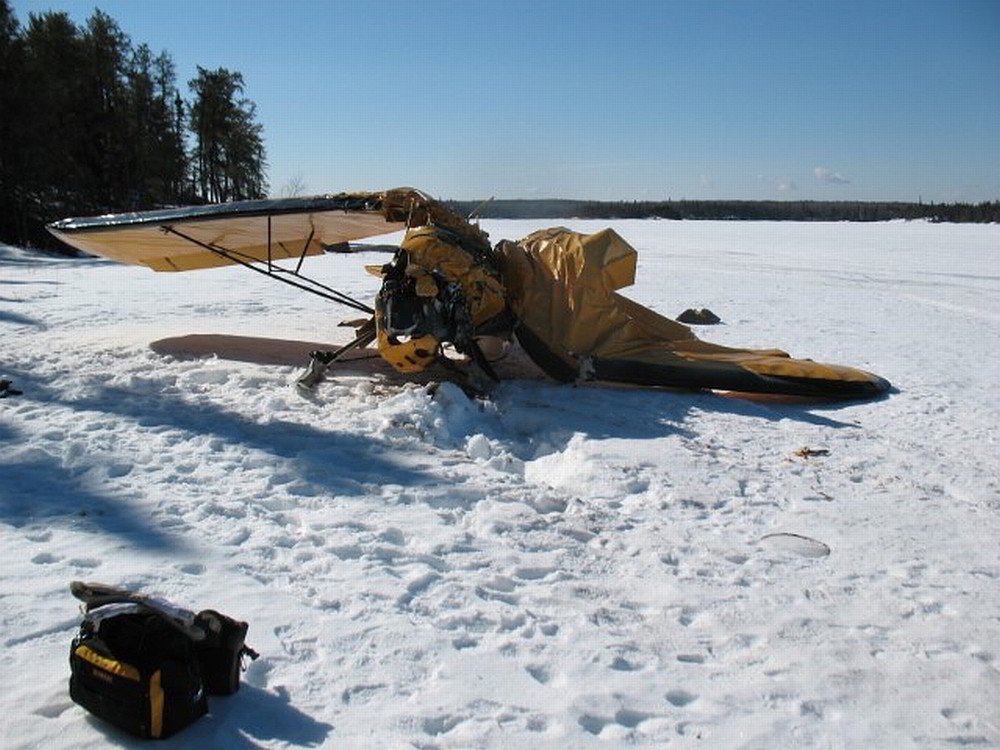Wing lift strut assembly failure and collision with terrain
Piper J3C-65, C-FLDQ (privately registered)
Snowshoe Lake, Ontario
The occurrence
On , a privately registered Piper J3C-65 aircraft on skis, was conducting a VFR flight from Minaki, ON, to Snowshoe Lake, ON with 1 pilot and 1 passenger on board. While the aircraft was on a low-pass prior to the landing, the pilot lost control and the aircraft collided with the frozen surface of the lake. Both occupants sustained fatal injuries.
Safety communications
Safety advisories
A19C0026-D1-A1: Federal Aviation Administration Airworthiness Directive 2015-08-04 – Reliability of Main Spar Wing Lift Strut Assembly Inspection – Punch Test Method
Media materials
News release
Investigation report: Wing lift strut failure and collision with terrain
Read the news release
Deployment notice
TSB deploys a team of investigators to the site of a small aircraft accident north of Kenora, Ontario
Winnipeg, Manitoba, 31 March 2019 - The Transportation Safety Board of Canada (TSB) is deploying a team of investigators to the site of yesterday’s accident involving a Piper J-3 Cub that occurred north of Kenora, Ontario. The TSB will gather information and assess the occurrence.
Class of investigation
This is a class 4 investigation. These investigations are limited in scope, and while the final reports may contain limited analysis, they do not contain findings or recommendations. Class 4 investigations are generally completed within 220 days. For more information, see the Policy on Occurrence Classification.
TSB investigation process
There are 3 phases to a TSB investigation
- Field phase: a team of investigators examines the occurrence site and wreckage, interviews witnesses and collects pertinent information.
- Examination and analysis phase: the TSB reviews pertinent records, tests components of the wreckage in the lab, determines the sequence of events and identifies safety deficiencies. When safety deficiencies are suspected or confirmed, the TSB advises the appropriate authority without waiting until publication of the final report.
- Report phase: a confidential draft report is approved by the Board and sent to persons and corporations who are directly concerned by the report. They then have the opportunity to dispute or correct information they believe to be incorrect. The Board considers all representations before approving the final report, which is subsequently released to the public.
For more information, see our Investigation process page.
The TSB is an independent agency that investigates air, marine, pipeline, and rail transportation occurrences. Its sole aim is the advancement of transportation safety. It is not the function of the Board to assign fault or determine civil or criminal liability.
